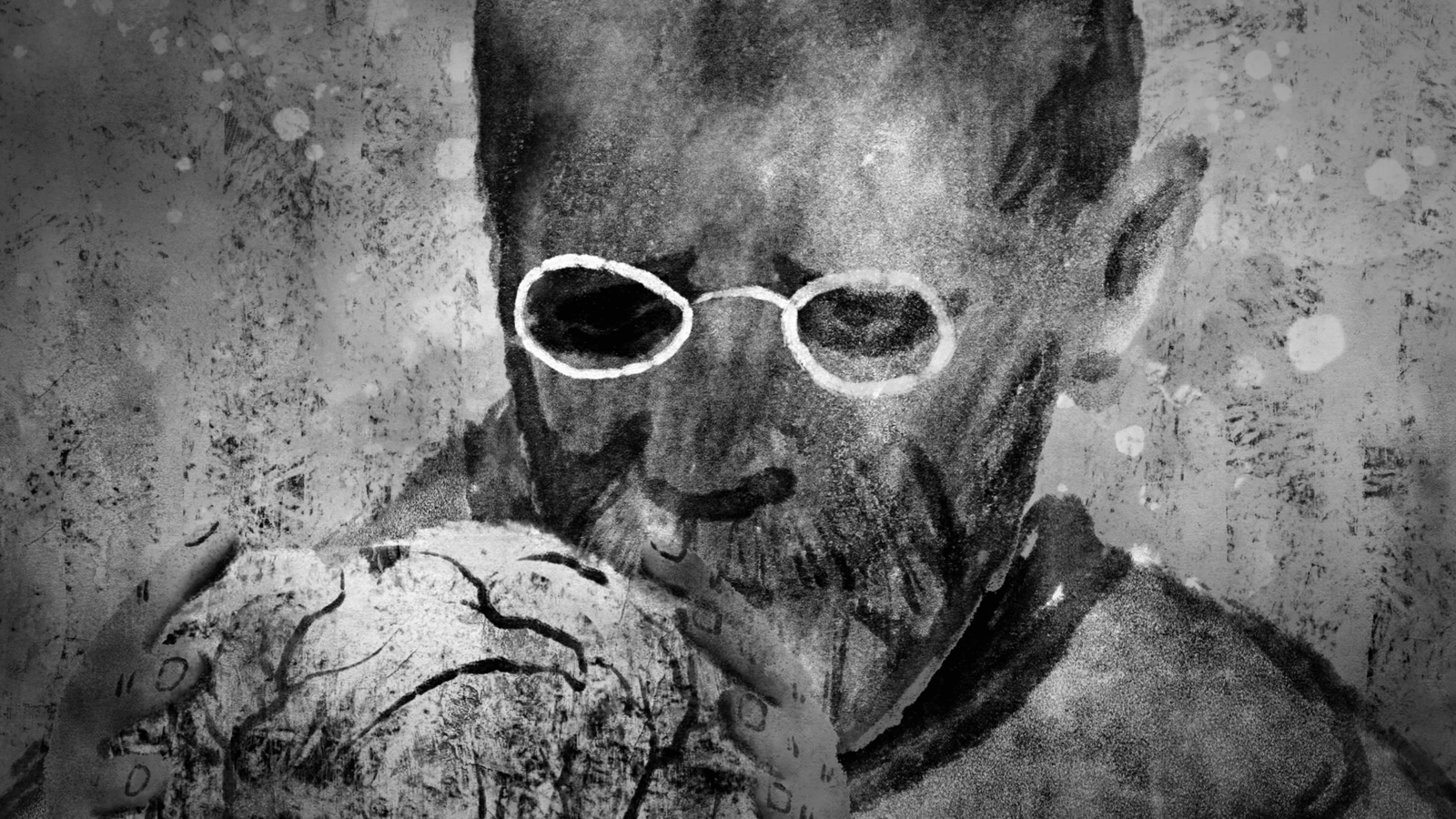A Long and Challenging Journey
For many months, our team worked intensively one of the most meaningful projects in our company’s history — the creation of 17 documentary and educational films for the Warsaw Ghetto Museum, whose opening is planned for autumn 2027. The work has now been completed, after a long and demanding process, primarily due to the scale of the undertaking and the depth of the subject matter. Nearly 30 people were directly involved in the production process, and we collaborated with almost 50 partner institutions from Poland, the United States, Israel, Germany, France and Armenia.
The museum itself is being built in a site of profound symbolic value — the former Bersohn and Bauman Hospital, one of the very few prewar buildings from the Warsaw Ghetto area that survived both the destruction of World War II and the postwar communist period.
A Glimpse into the Project
On our website, we now present just a small glimpse — five short excerpts, each up to one minute long. These fragments come from the films:
- Women in the Ghetto
- Medical Struggle and Hospitals in the Ghetto
- The Orphanage: The Story of Janusz Korczak and Stefania Wilczyńska
- Jewish Self-Help
- The Deportation of Jews from the Warsaw Ghetto to the Treblinka Extermination Camp
The full versions of these and other films will be available exclusively in the museum’s main exhibition, forming an integral part of its narrative space.
Why This Education Matters
The educational mission behind this project remains at the heart of our work. First, it helps preserve and deepen our understanding of the wartime experiences of Warsaw’s Jewish community — an essential part of Poland’s and Europe’s history. Second, it sheds light on the universal psychological and social mechanisms of discrimination and exclusion, teaching us to recognize warning signs in today’s world before they escalate into violence or dehumanization. Third, it invites reflection on human resilience and moral courage — on the capacity to help, to resist, and to remain human even in the face of overwhelming terror.
Why the Museum Is Being Built Now
For many international visitors, it may be surprising that such an important institution is being created only now, more than 80 years after the war. The reasons are complex. During the 45 years of communist rule, Jewish history was largely silenced — the regime sought to erase ethnic and religious differences from public life. After 1989, Poland faced decades of economic transformation, and later, new political and cultural challenges. The establishment of the POLIN Museum of the History of Polish Jews in the 2010s was a crucial step, yet creating a museum solely devoted to the history of the Warsaw Ghetto remained a demanding task — historically, financially, and symbolically.
Looking Ahead
Our films aim to engage audiences of all ages — visually, emotionally, and intellectually. They are designed to be accessible and clear while respecting the gravity of the subject. The Warsaw Ghetto Museum, once opened, will be more than a space of remembrance. It will be a space for dialogue, empathy, and learning — where history meets the present, and memory becomes a tool for building a more conscious and humane future.
A link to five short excerpts from the series of the films form Warsaw Ghetto Museum:
Photo: illustration with a portrait of Janusz Korczak from an animated fragment of the film “The Orphanage: The Story of Janusz Korczak and Stefania Wilczyńska” (illustration and animation made by Bartosz Mikołajczyk & Urszula Morga)
